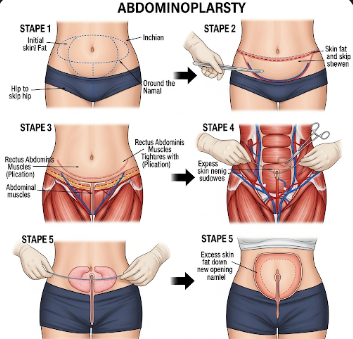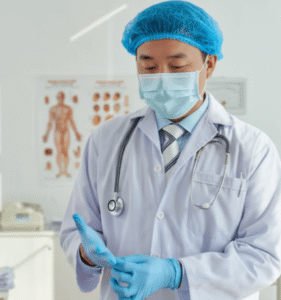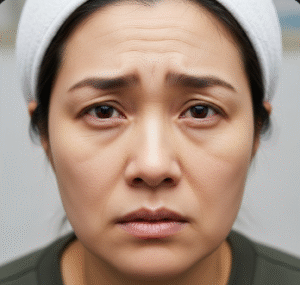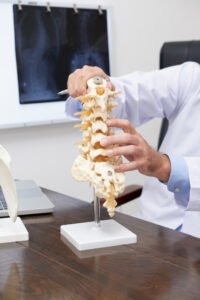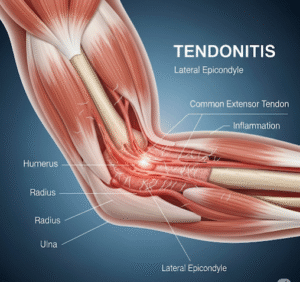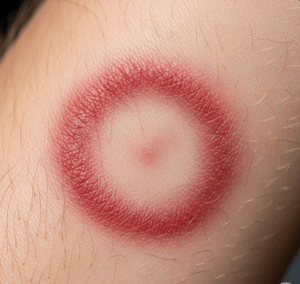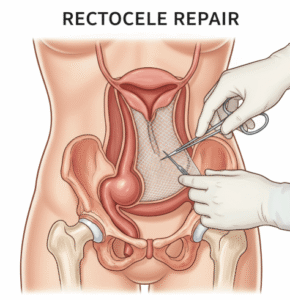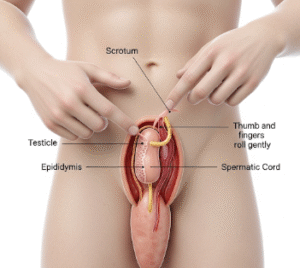Overview
Abdominoplasty, commonly known as a tummy tuck, is a cosmetic surgical procedure designed to remove excess skin and fat from the abdomen and tighten weakened or separated abdominal muscles. It is popular among individuals who want to restore a flatter, firmer abdominal contour after pregnancy, significant weight loss, or aging.
In Korea, abdominoplasty is performed in advanced cosmetic and plastic surgery centers by board-certified plastic surgeons with specialized experience in body contouring. Hospitals and clinics use state-of-the-art operating rooms, minimally invasive techniques, and personalized surgical planning, ensuring optimal aesthetic outcomes and safety.
What is Abdominoplasty?
Abdominoplasty involves removing excess abdominal skin and fat and tightening the abdominal wall muscles to improve the contour, shape, and firmness of the abdomen.
Types of Abdominoplasty:
- Full Abdominoplasty:
- Removes excess skin from the upper and lower abdomen
- Tightens abdominal muscles
- Reshapes the belly button
- Mini Abdominoplasty:
- Focuses on the lower abdomen below the belly button
- Involves a smaller incision
- Extended Abdominoplasty:
- Includes removal of excess skin from the flanks and hips
- Ideal after massive weight loss
Key points:
- Enhances body aesthetics and self-confidence
- Can be combined with liposuction for more refined results
- Requires general anesthesia and specialized post-operative care
What are the benefits?
- Flatter, firmer abdominal contour
- Improved muscle tone and correction of diastasis recti
- Removal of excess skin and fat, which may reduce skin irritation
- ✅ Enhances body proportion and self-esteem
- ✅ Can be combined with other body contouring procedures
- ✅ In Korea, surgeons focus on natural-looking results, minimal scarring, and patient safety
Procedure Details
1) How should I prepare for Abdominoplasty?
- ➤ Comprehensive medical evaluation, including blood tests and imaging if needed
- ➤ Discuss medications, especially blood thinners or supplements
- ➤ Stop smoking several weeks before surgery to improve healing
- ➤ Pre-surgery counseling about procedure, risks, post-op care, and recovery timeline
- ➤ Arrange for post-operative support, as mobility may be limited initially
2) What happens during the procedure Abdominoplasty?
- ✅ Performed under general anesthesia
- ✅ A horizontal incision is made across the lower abdomen
- ✅ Excess skin and fat are removed
- ✅ Abdominal muscles are tightened with internal sutures
- ✅ Belly button may be repositioned for natural appearance
- ✅ Incisions are closed with sutures or surgical staples
- ✅ Procedure duration typically 2–5 hours, depending on complexity
3) What happens after an Abdominoplasty?
- ➤ Patients are monitored in recovery and hospital settings
- ➤ Compression garments are worn to reduce swelling and support healing
- ➤ Pain management and antibiotics may be administered
- ➤ Drain tubes may be placed to prevent fluid accumulation and removed in a few days
- ➤ Gradual return to normal activities over 4–6 weeks, with exercise restrictions initially
Risks / Benefits
Potential Risks:
- ➤ Infection or wound healing issues
- ➤ Scarring (usually fades over time but is permanent)
- ➤ Fluid accumulation (seroma)
- ➤ Blood clots or anesthesia-related complications
- ➤ Numbness or changes in skin sensation
Benefits:
- ✅ Creates a flatter, firmer abdominal profile
- ✅ Enhances self-confidence and body aesthetics
- ✅ Corrects muscle separation or laxity
- ✅ Long-lasting results when combined with a healthy lifestyle
- ✅ In Korea, modern surgical techniques minimize risks and optimize outcomes
Recovery and Outlook
- Hospital stay: Usually 1–2 days; some cases may be outpatient
- Activity: Light walking is encouraged immediately; heavy lifting and strenuous activity avoided for 4–6 weeks
- Physical care: Compression garments help reduce swelling and support tissue healing
- Full recovery: Most patients resume normal activities in 4–6 weeks; results continue to improve over several months
- Lifestyle: Maintaining a balanced diet and regular exercise preserves long-term results
When To Call the Doctor
- ➤ Fever, chills, or signs of infection
- ➤ Persistent or severe pain not controlled by medication
- ➤ Excessive bleeding or fluid leakage from incision
- ➤ Swelling, redness, or unusual discharge
- ➤ Numbness or unusual sensations beyond expected healing
Best Korea Option / Process
- ✅ Korea offers advanced cosmetic surgery centers with board-certified plastic surgeons
- ✅ Hospitals provide personalized preoperative planning, state-of-the-art operating rooms, and high safety standards
- ✅ Post-operative care includes compression garments, wound management, and follow-up consultations
- ✅ International patients benefit from VIP services, English-speaking staff, and coordinated recovery plans
- ✅ Surgeons focus on natural aesthetics, minimal scarring, and long-term satisfaction
- ✅ High success rates and modern surgical techniques make Korea a preferred destination for abdominoplasty

